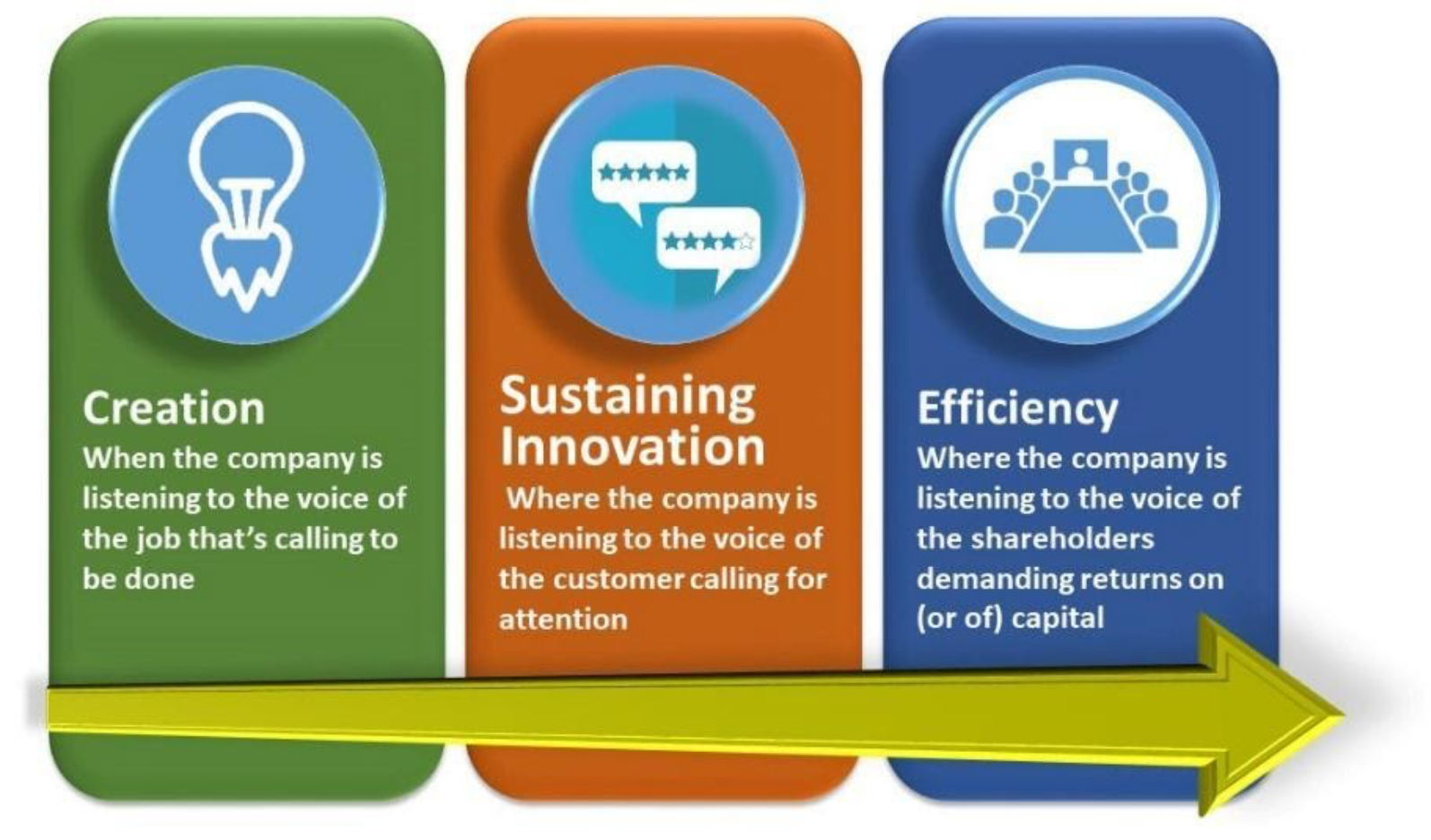This question is foundational to the success of scaling the business. Our prospective clients participate in a two-day SmartScale℠ Lab to get to the answer and explore the possibilities in both the present and future.
That depends on how you respond to three fundamental questions:
This question is foundational to the success of scaling the business. Our prospective clients participate in a two-day SmartScale℠ Lab to get to the answer and explore the possibilities in both the present and future:
If at the conclusion of the Lab, participants and ScaleWerksTM facilitators are confident that they have outlined a scalable product or service, the company is invited into the Accelerator portion of the SmartScale℠ protocol. The Accelerator starts with a more in-depth analysis and a deeper definition of the Category and Job to Be Done.
To leverage the ability of the company to succeed at SmartScaling, the protocol must be executed in a way that is consistent with the priorities of the existing business model. These priorities recognize conditions (“Resources”) and circumstances (“Stage of Life/Resistance to Change”) of the individual client company.

Resources are identified through financial modeling. A forecast model is created that allows leadership to run what-if scenarios, define courses of action, track progress, and disseminate measurement dashboards.
Stage of Life/Resistance to Change analysis and protocol personalization is based on the Stage of Life
analysis. We define these stages as:
When businesses start their first effort is to identify and deliver a meaningful value proposition – a product and/or service – that fulfills a significant unmet want, or “job.”
We emphasize the job as the primary focus of the Creation stage – because of the primary question that the team is asking – “What needs and wants can we fulfill to earn customers?” As the company grows it is very difficult for a business to remain focused on the questions that pertain to the customer’s job. Growth channels the company’s focus on innovating and supporting the products and services; and ultimately to efficiencies.
Businesses that figure out how to endure by fulfilling the jobs – and develop a product or service – evolve into the Sustaining Innovation phase. The questions that the company asks itself are no longer “What Job?” – but now “How do we do that job faster, cheaper, more conveniently, and sell more?” Where the Creation phase generated the first customers, the Sustaining Innovation stage focus is to convert these customers into a reliable, loyal base and build the organization into a process-centric enterprise that delivers better products that can be sold for higher prices to the current target market.
The business has de-emphasized its focus on the job and applies itself to building processes that define the current business model.
While the Creation stage was centered around using subjective data and the founding team’s intuition to earn customers, the Sustaining Innovation stage is all about historical data and the effectiveness of operations. Performance is judged based on the income statement: growing the top line and maximizing the bottom line.
Eventually, the efforts in the Sustaining Innovation phase no longer deliver annual increases in returns on assets deployed – sales level off, profits flatten or decrease.
In response, the business focus turns to a heightened emphasis on asking questions around reducing cost. These questions lead to eliminating labor, reducing overhead, redesigning products to eliminate costs, outsourcing to capitalize on labor cost differentials, adding financial leverage, optimizing processes, and consolidating industries to gain economies of scale.
One of our guiding theorems is that companies that undertake strategic change initiatives have an 8% chance of jumping from the middle to the top of their industry in terms of performance.
To be in the 8% that make the performance shift requires applying SmartScale℠ in a way that capitalizes on the existing Stage of Life priorities – and that requires an executive team that has the characteristics and skills to work collaboratively to successfully execute the SmartScale℠ protocol.
Successful SmartScaling, like all strategies, depends on the execution phase – and successful execution depends on the effectiveness of the executive team.
Successful SmartScale℠ teams consistently demonstrate four core characteristics and four critical skills. Please Note: This isn’t an all-inclusive list. Additional characteristics and skills are required based on the category, industry, technology, products and services, resources, stage of life, and geography in which the business operates.

Once the SmartScale℠ team is formed there needs to be clear and thoughtful governance:
If you want more information, contact us here: hello@scalewerks.co or scroll down and subscribe to our ScaleWerks Mastermind email community and join the conversation.
